In most card games, a ban list is always present, especially if there are cards that are considered overpowered or unbalanced. These banned cards likely dictated the meta of the game at one point and players may have solely relied on them since they can be regarded as unmatched at times.
The Pokémon TCG has been one of the most established card games throughout the years. It also has one of the most well-known ban lists to exist. There aren’t many cards on the list, but there are some powerful ones that weren’t good for the game if they were kept as playable options.
Here are all the banned cards in the Pokémon TCG so far.
Archeops (Black & White—Noble Victories, 67/101; Black & White—Dark Explorers, 110/108)
Archeops from Noble Victories has one of the most powerful Pokémon abilities in the whole TCG. Its Ancient Power ability has an effect that reads as follows: “Each player can’t play any Pokémon from his or her hand to evolve his or her Pokémon.” This alone is self-explanatory, and causes imbalances, especially for evolved Pokémon. It affects Stage One and Stage Two Pokémon. Having this card on the ban list is the right decision to prevent the overpowered stuff it can offer.
Chip-Chip Ice Axe (Sun & Moon—Unbroken Bonds, 165/214)
At first glance, this card may not seem overpowered. But the synergy Chip-Chip Ice Axe can bring to decks, especially those that depend on manipulating the opponent’s hand and deck lacks the creativity of offense. Its effect is game-changing, and this card is considered one that provides a lack of creativity in terms of winning.
Delinquent (XY—BREAKpoint, 98/122, 98a/122, and 98b/122)
Players may know this card as part of the notorious combo alongside Red Card. But individually, Delinquent is overpowered. This card is all minuses. It can either minus you or your opponent because of the discard stadium cost. But no matter who does that, it will discard three cards from your opponent. These effects are just way too powerful and, as a result, the card was banned in January 2019.
Flabebe (Sun & Moon—Forbidden Light, 83/131)
Flabebe’s advantage of being able to evolve into Floette on the first turn of the player who goes second can be broken. An evolved Pokémon as early as that turn already provides an unbalanced advantage, which is why Flabebe got a spot on the ban list.
Forest of Giant Plants (XY—Ancient Origins, 74/98)
Providing an advantage that is like Flabebe’s but works more efficiently and consistently, Forest of Giant Plants made Grass-type Pokémon the most dominant deck in the whole Pokémon TCG when it was still not banned. Having more powerful Pokémon as early as turn one or during the turn a basic Pokémon was played is something worth banning.
Ghetsis (Black & White—Plasma Freeze, 101/116 and 115/116)
Ghetsis is another example of a manipulative card that can change the flow of the game in an instant, even without any build-up or anything. It may not seem overpowered at first glance, but the long-term effect it can cause during a game can be the reason for a player technically losing, while also being mentally and psychologically disrupted at some point.
Hex Maniac (XY—Ancient Origins, 75/98 and 75a/98)
Disrupting cards such as Hex Maniac may not be considered fun to play with. Removing all Pokémon’s abilities is super hard to deal with. Using this card improperly may also bounce back to its user and may cause a disadvantage instead of an advantage. That’s why there is no question about Hex Maniac’s inclusion on the ban list.
Island Challenge Amulet (Sun & Moon—Cosmic Eclipse, 194/236 and 265/236)
Island Challenge Amulet is part of an infamous strategy alongside another banned card in the form of Lt. Surge’s Strategy that can cause multiple disruptions to your opponent, locking them out of the game and eventually losing.
As for the Amulet card, this can totally lower down a Pokémon GX or EX by 100 HP. That alone is huge. But the catch is that you’ll have one less Prize card if that Pokémon is knocked out, which makes it easier for Lt. Surge’s Strategy to be activated. This strategy became meta at one point. But the good thing is it does not exist anymore in the game.
Jessie & James (Hidden Fates, 58/68 and 68/68)
Putting your opponent to two cards and then using this card afterward is totally overpowered since he or she would just use one card the next turn. Jessie & James may not be an instant victory-giving card, but the big minus-two it can bring can be unbalanced at some points.
Lt. Surge’s Strategy (Sun & Moon—Unbroken Bonds, 178/214; Hidden Fates, 60/68)
As mentioned before, this card works wonders with Island Challenge Amulet. Once the latter does its magic to set you up by having more Prize cards than your opponent, the former can change the game by allowing you to play two more Supporter cards aside from Lt. Surge’s Strategy. Now imagine if you could play the Delinquent and Red Card combo after you used this. It’d be game over for your opponent.
Lysandre’s Trump Card (XY—Phantom Forces, 99/119 and 118/119)
This card is really, really overpowered. Imagine you do not have to worry if you put as many cards in your Discard Pile as possible because this lone card can bring them all back to your deck. Lysandre’s Trump Card is not just Lysandre’s trump card. It’s also one of the most unbalanced weapons any Pokémon TCG player can have.
Marshadow (Shining Legends, 45/73; Black Star Promo, SM85)
Marshadow has something to offer similar to what Ghetsis does: a manipulative strategy where possible combinations as early as turn one can be disrupted. And the fun yet annoying part is that this card can only see value once it is played. Afterward, it’s just a Pokémon waiting to go to the Discard Pile.
Maxie’s Hidden Ball Trick (XY—Primal Clash, 133/160 and 158/160)
Multiple pluses in one card is just way too broken, even if it’s required to be the only card in your hand. Maxie’s Hidden Ball Trick can give you a free Fighting Pokémon from your Discard Pile, as well as the luxury of adding five more cards from your deck to your hand. This card paved the way for players to abuse the overpowered Archeops. That alone is something worth considering to put this card on the ban list.
Milotic (XY—Flashfire, 23/106)
Using this version of Milotic is like having a double-edged sword. You need to sacrifice this by knocking it out, but the build-up it can provide to another Pokémon is powerful. Getting three Water-type energy cards from your Discard Pile to the Pokémon of your choice is very unbalanced.
This card can fully support Water-types by allowing you to have up to four energy cards played in a single turn, as well as colorless Pokémon that can use any type of energy. Milotic being included on the ban list was a must.
Mismagius (Sun & Moon—Unbroken Bonds, 78/214)
Just like Milotic, Mismagius is another card that you need to sacrifice for it to reach its full potential. But you can gain the game-changing advantage of drawing seven cards. Using this alongside Lt. Surge’s Strategy or the infamous Reset Stamp where you force your opponent to reshuffle their hand cards can be devastating and can change the momentum of the game.
Oranguru (Sun & Moon—Ultra Prism, 114/156)
Oranguru would need you to attach one colorless energy to activate its Resource Management attack. It has no damage, but resourcefulness is what can be considered overpowered. Having three cards from your Discard Pile returned to the bottom of your deck can provide a good to unbalanced advantage at times. And it is just right to have this card on the ban list to prevent this from happening.
Puzzle of Time (XY—BREAKpoint, 109/122)
Like Oranguru, Puzzle of Time was seen as an unbalanced card because of its ability to bring back cards from your Discard Pile easily. You just have to play two of these at once. But that is not hard to pull off, especially if you have cards that can search for trainer cards efficiently.
Red Card (XY, 124/146; Generations, 71/83)
The other half of the infamous Delinquent/Red Card strategy, Red Card allowed players to let their opponent shuffle their hand cards in an instant. The combo may potentially leave your opponent with only one card as early as turn one. What can you call that combo aside from unbalanced, overpowered, and broken? This card truly deserves a spot on the Pokémon TCG ban list.
Reset Stamp (Sun & Moon—Unified Minds, 206/236, 206a/236, and 253/236)
What this card does is somehow related to what Red Card can do, but this relies more on your number of prize cards. Still, the effect Reset Stamp can give despite the build-up that you need is overpowered. Partnering this with Mismagius as mentioned above is broken and it can be difficult for the opponent to bounce back when this scenario happens.
Sableye (Black & White—Dark Explorers, 62/108)
Sableye, Ornaguru, and Puzzle of Time are all notorious cards because of their abilities to bring back cards from the Discard Pile for almost free. Sableye is a basic Pokémon, and you only need a single Dark-type energy to activate it. “And if you get any Item cards back to use once again, it can greatly swing the game in your favor.
Shaymin-EX ((XY—Roaring Skies, 77/108, 77a/108, and 106/108)
This is like Mismagius minus the expense of being sacrificed. Shaymin-EX is one of the most popular cards in the history of the game. Since it was released in 2015, almost all decks had at least one Shaymin-EX included because of both its ability and attack effect until it was banned in the Expanded format in October 2020.
Shaymin-EX can provide an almost infinite opportunity for its user to use its ability thanks to its Sky Return attack effect that allows it to literally return the card and all cards attached to it to the hand in an instant. It’s really an amazing combo for a single card to pull this off.
Unown (Sun & Moon—Lost Thunder, 90/214) and Unown (Sun & Moon—Lost Thunder, 91/214)
Both of these Unown cards have the same impactful effect of allowing you to win the game. It’s just the prerequisites that are different. The first Unown has the DAMAGE ability wherein you need to have at least 66 damage counters on all of your benched Pokémon. The second Unown, on the other hand, has the HAND Ability which requires you to have 35 or more cards in your hand before using it.
It may sound difficult to pull off these conditions, but given the right cards and circumstances, it can happen. And game-winning cards like these two Unowns might not necessarily be healthy for a card game.
We’ll update this article if more cards are added or removed from the Pokémon TCG ban list.
This article includes affiliate links, which may provide small compensation to Dot Esports.


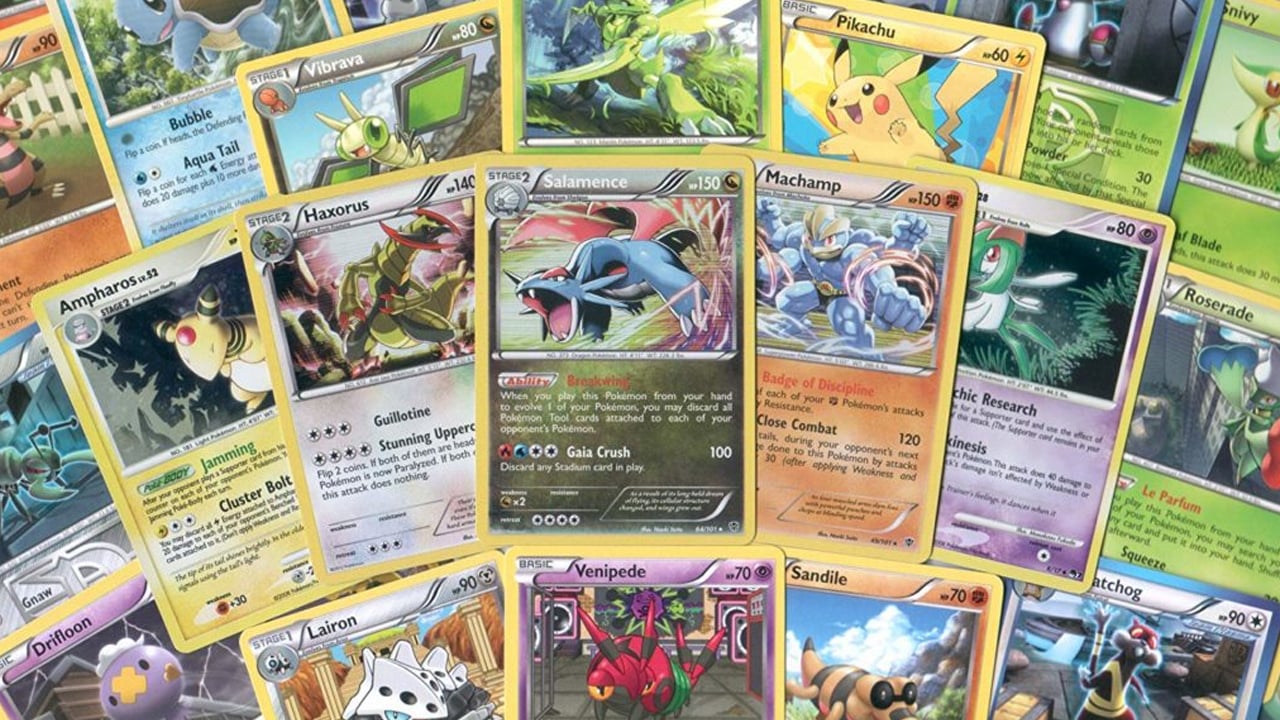
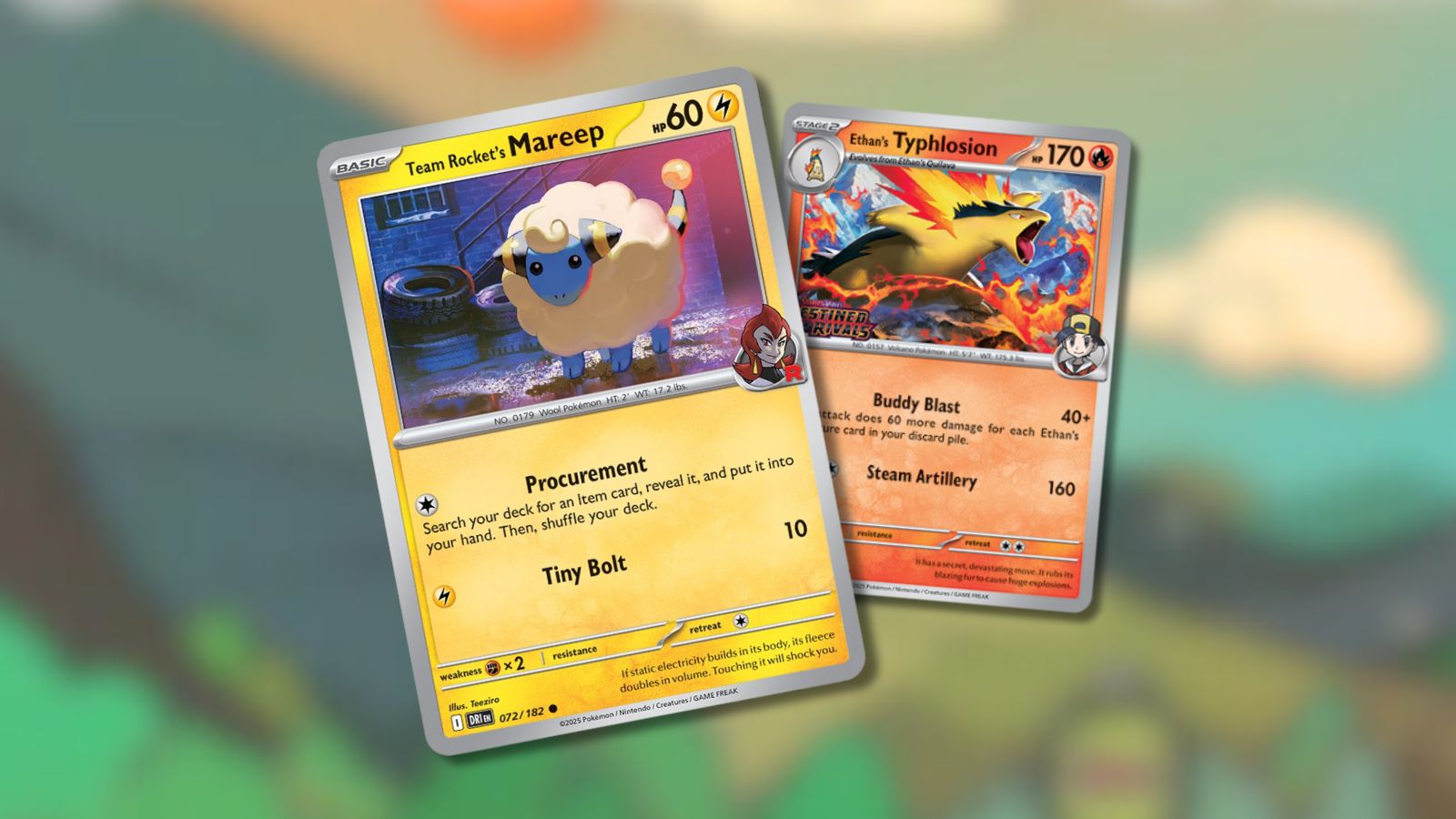

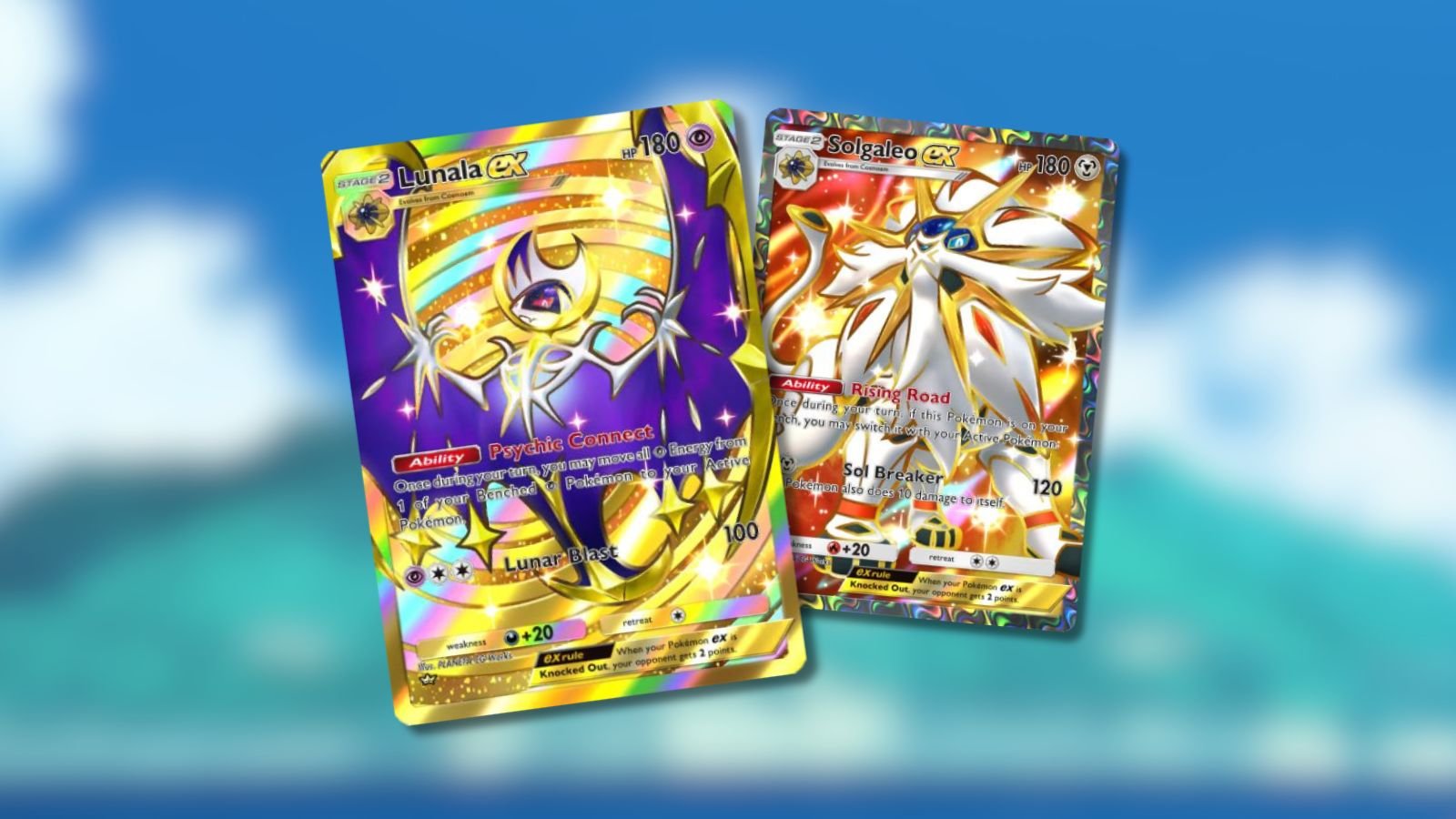
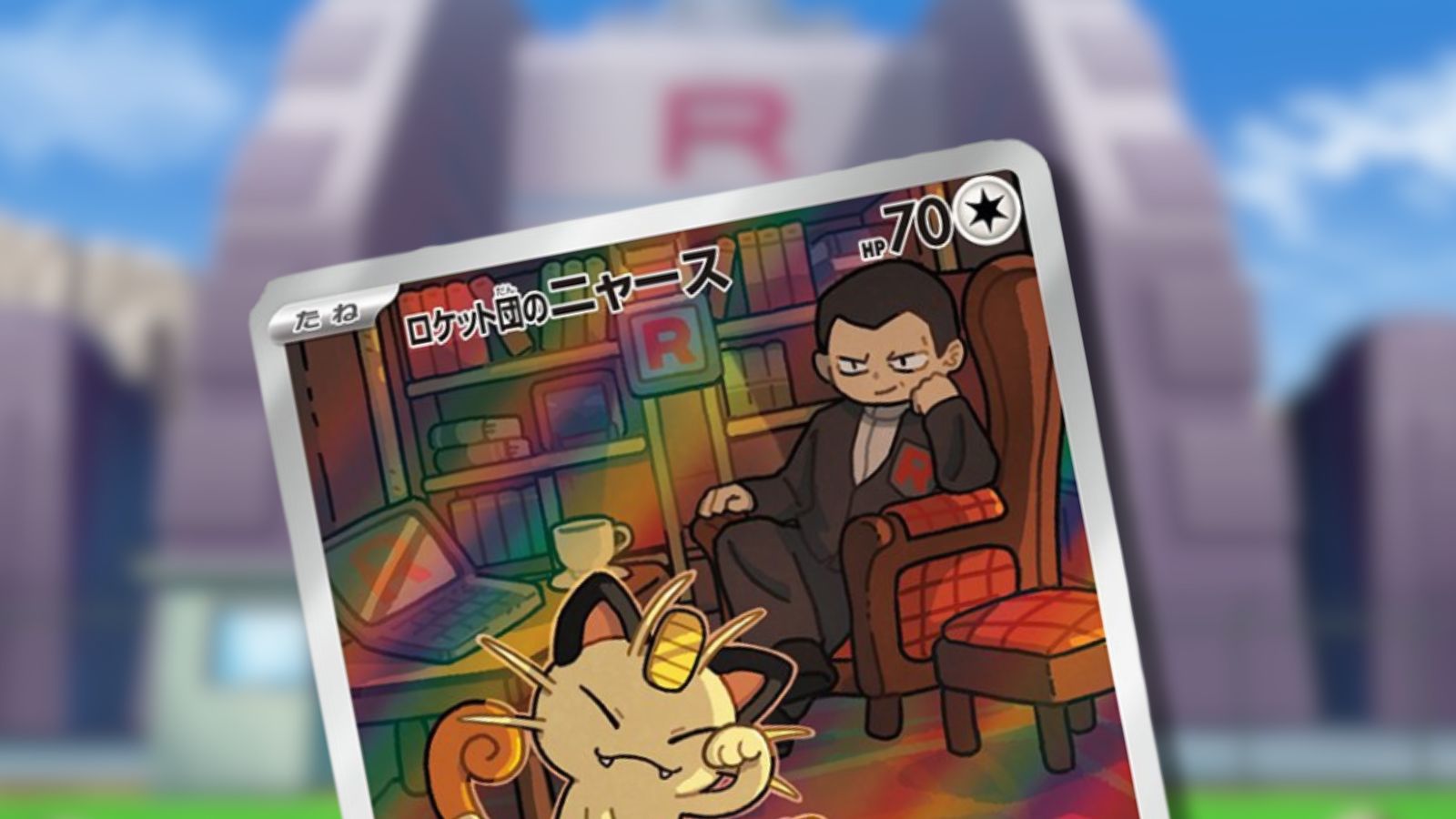
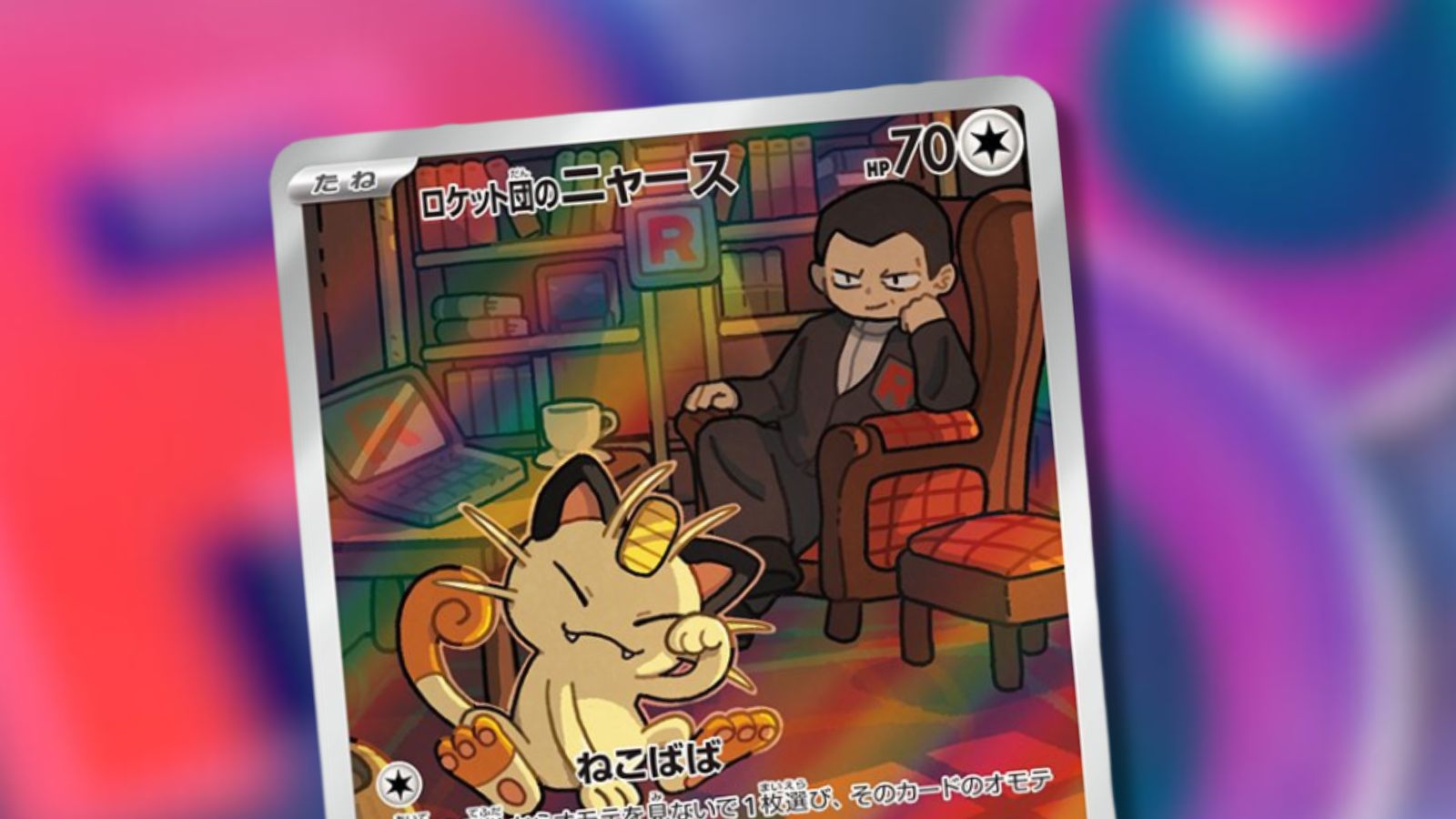
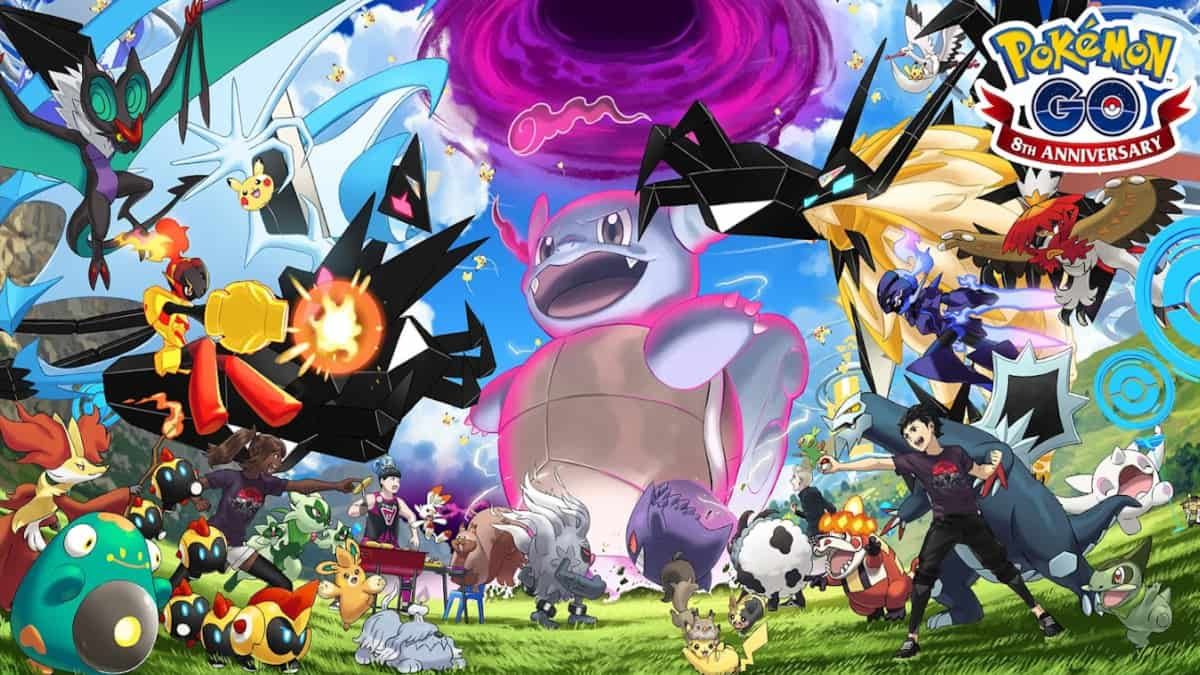

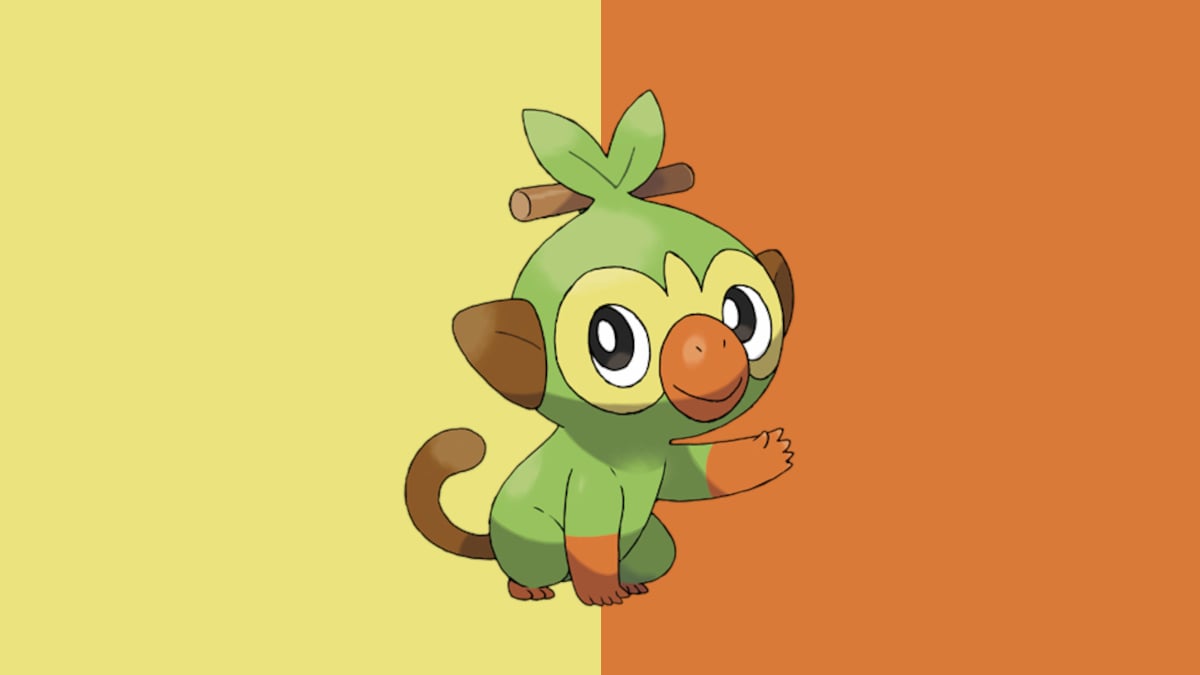
Published: Apr 15, 2022 01:47 am